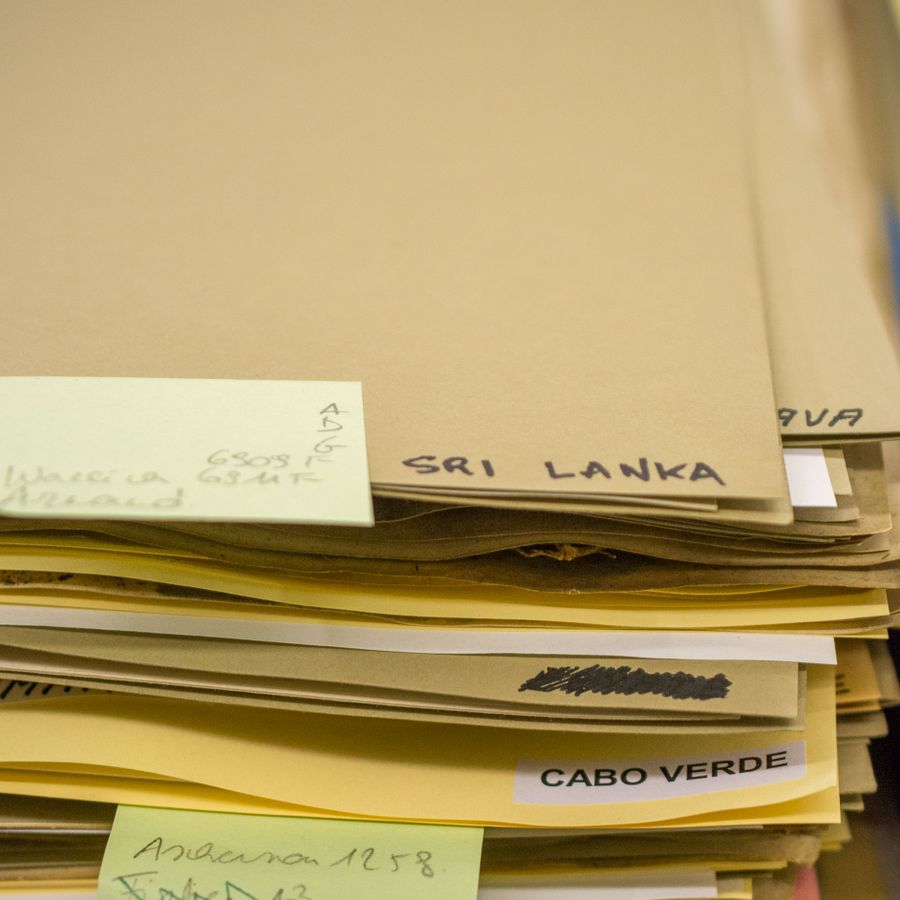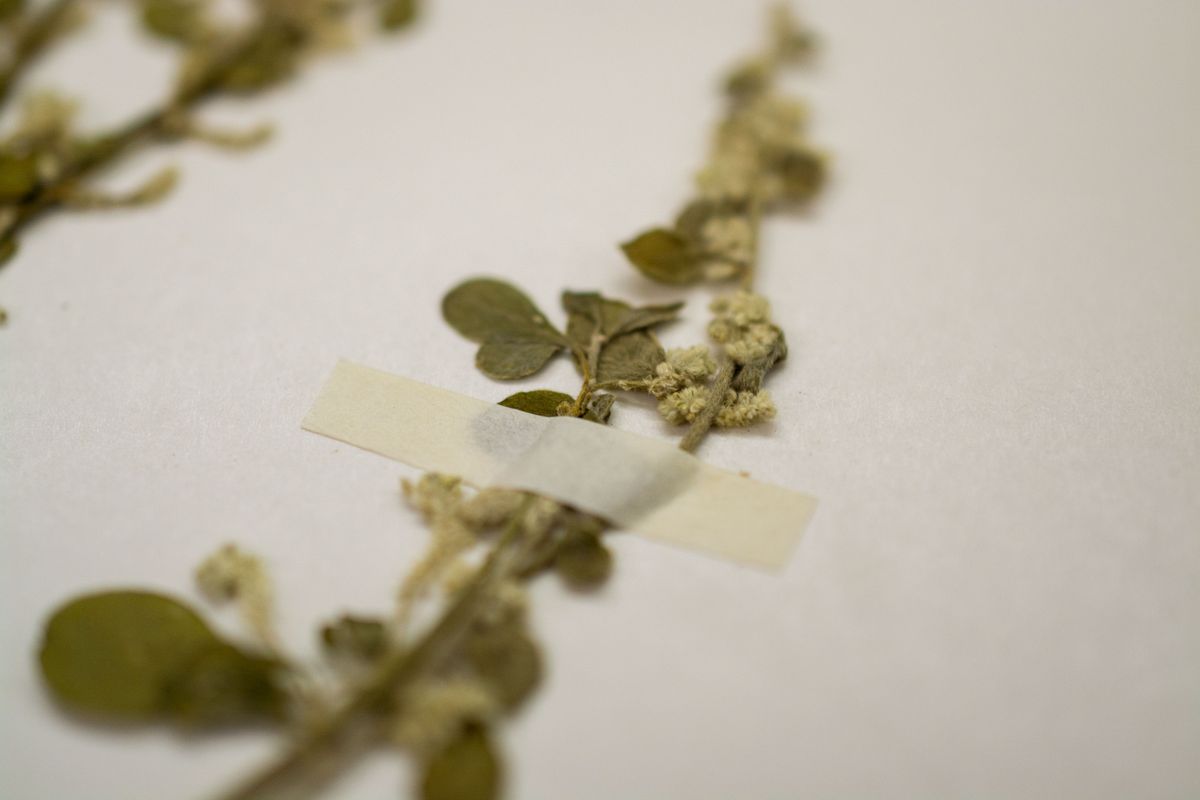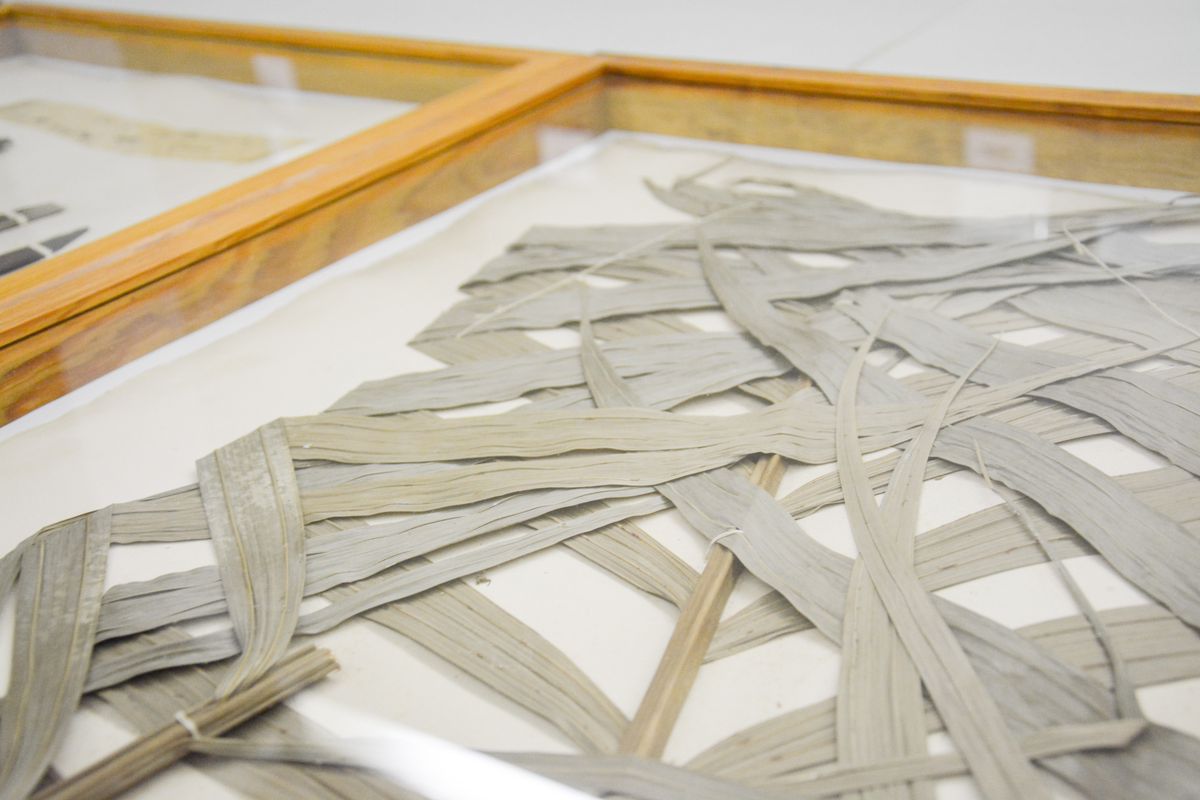
Exchanges
Swaps between institutions
Collectors usually take several duplicate samples from the same specimen in the field, and each sample is given the same number and field note label. Once identified, these specimens are distributed to herbaria that have a regional or research interest in them. This exchange of material among herbaria enables each herbarium to acquire representative collections easily and cheaply and reduces the need for duplicated activity in a given area. Another great advantage of exchanging duplicate specimens is that it ensures that a particular collection is not lost to science should a major disaster befall an institution.
Only botanical collections or collections where there is an explicit connection with plants are added to our collections. The items that can be acquired must meet one or more of the following requirements:
- form the basis of research by scientists of the Botanic Garden or external parties;
- have a didactic value, which can promote the dissemination of science (e.g. object in an exhibition or in an educational collection);
- be of scientific, cultural, or historical importance;
- fill a gap in the collections of the Botanic Garden or enhance existing collections.
Thanks to an intensive exchange programme with more than 50 other herbaria, including Missouri Botanical Garden (MO), Royal Botanic Gardens Kew, London (K), and Naturalis (L), our collections have also been enriched with material from around the world.






